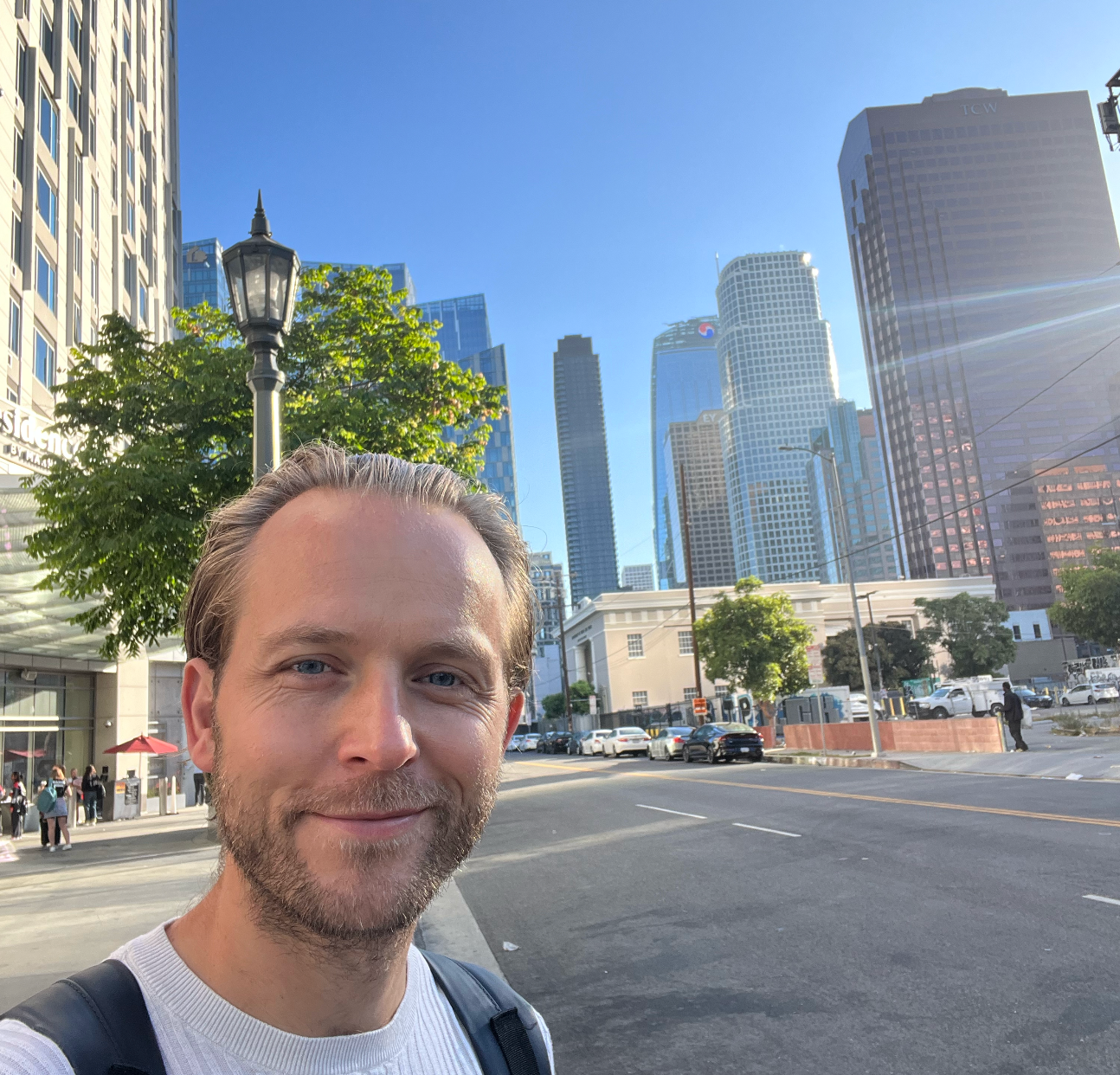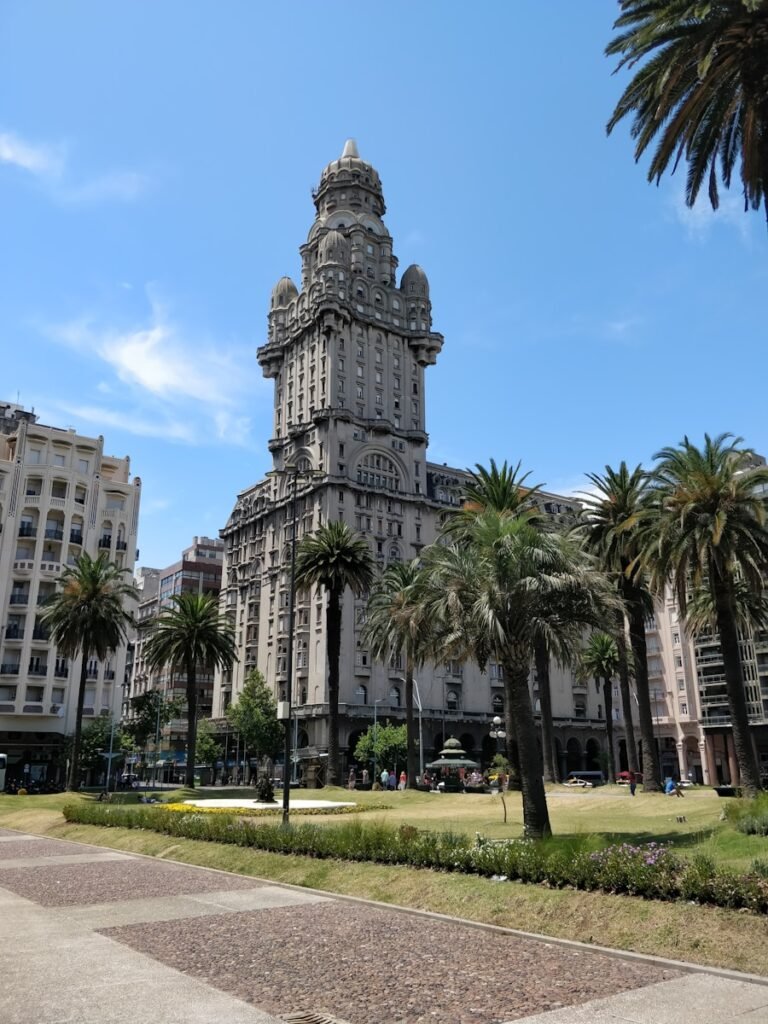How Many Days Does It Really Take for a Digital Nomad to Settle into a New City?
If you’re a digital nomad, the idea of constantly moving from one place to another might sound amazing—new experiences, new cultures, new adventures. But let’s be real: settling into a new city is not always a walk in the park. When I first moved to a new place, I thought it would be easy and quick, but honestly? It took longer than I expected. Let’s dive into how long it actually takes and what goes into that process—spoiler alert, it’s more than just finding the best coffee shop nearby!
The First Few Days: The Excitement & Overwhelm
Arriving & Adjusting. There’s no denying it – when you first arrive in a new place, everything is incredibly exciting! But while the adrenaline rush is real, the reality is that new environments come with a whole lot of new details to process.
It’s easy to feel overwhelmed. You’ll find yourself learning the ins and outs of your new neighborhood, figuring out your living situation, and navigating the logistics of day-to-day life, like finding stores, setting up internet, and working out local transportation options.
And as if that’s not enough, there’s always jetlag to contend with, turning your internal clock upside down and making everything feel a little more intense. Your mind is working overtime just trying to get settled.
Feeling Stressed?
The excitement is there, but let’s be real—it’s not all smooth sailing. Adjusting to an entirely new environment is a bit more challenging than just putting on sunglasses and heading to a new adventure. In those first couple of days, it’s pretty common to feel stressed, even if it’s hidden under your excitement. You’re essentially in survival mode for the first bit.
Everything is unfamiliar: the streets, the stores, the signs, and even the way people communicate. The rush to figure out the essentials, like Wi-Fi setup or food options, can start to feel like more of a pressure than an adventure. And yes, there might be moments where you feel frustrated or a bit lost. But remember, this stage is temporary! Every single person who’s ever lived in a new place has gone through this phase.
New places don’t immediately feel like home, but eventually, you’ll adapt. Just give yourself the grace to go through this period of growing pains, because soon, things will start to click into place
Week One: Finding Your Routine and Getting Practical
Daily Life Takes Shape: Week one can feel like a mix of trial and error, but it’s when your new life starts coming together. After the initial flurry of setting up and feeling overwhelmed, this is the part where you’ll begin to create a new normal. The process of getting acclimated can take a bit of time—anywhere from 3 to 5 days depending on your location and how tech-friendly the city is. This is when you’ll spend more time figuring out the details of day-to-day life.
You’ll probably make your first attempt at navigating the local public transportation system, which may be easier if the city is well-connected, but daunting in others. You’ll also need to locate your go-to grocery store and become familiar with the kind of items available at local markets, which could differ significantly from what you’re used to at home. One of the most important tasks is finding reliable Wi-Fi spots and testing speeds in cafes—trust me, when you’re working remotely, a solid connection is non-negotiable. This week is your foundation, where you lay the groundwork for your routine.
Meet People & Network
You’re definitely not in this alone—after all, part of the reason for making the move is to meet like-minded individuals, right? Fortunately, cities with a bustling community of remote workers, freelancers, and digital nomads have plenty of opportunities for networking. Whether through meetups, events, or coworking spaces, you’ll have chances to connect with others who are going through a similar journey. This is when your social life and professional network start to grow beyond just the people you already know. Don’t be surprised if, in the beginning, it takes a little longer than expected to settle into these social rhythms. Finding the right co-working space and discovering a local community can feel overwhelming at first, but once you connect, you’ll quickly realize that the city is starting to feel a little less foreign. Still, give yourself grace if it takes a while to fully get into the groove of your new social life—you’re still adjusting to many moving pieces. But week one is critical: it’s when you start making concrete steps to blend both the practical side of your new life and the connection that will ultimately make it feel like home. Keep an eye out for local gatherings, join online groups, or tap into digital nomad communities that often have meet-ups for remote workers. In no time, the unfamiliar will start becoming comfortable, and your routine will begin to take shape.
Week Two to Week Four: Starting to Feel Like Home (Kind Of)
Settling In Deeply: After a few weeks of initial chaos, life starts to find its groove. At this stage, you’re moving beyond the basics and really beginning to establish a deeper routine. You’ve figured out where the essentials are (the grocery store that has your favorite snacks, the café with the best espresso), and it’s likely you’ve even found your local hangouts. You’re walking into places and getting greeted by name, which makes the unfamiliar feel more comfortable and less like a tourist trap. Your apartment (or wherever you’re staying) is feeling like your personal space, and you’ve probably added some personal touches that help make it feel homey. The local rhythm is becoming your rhythm. While you’re still adjusting to the nitty-gritty details like understanding how the time zone shifts impact your schedule, this phase is all about deepening your connection to the everyday details of your new life.
You’re likely getting the hang of work and managing time, though some areas—like balancing work with downtime—still need fine-tuning. You’ll find pockets of time for relaxation, whether it’s reading a book in the park, chatting with people at a bar, or planning weekend trips around the new city. This stage is about developing those daily practices and rituals that ground you and add some comfort to the upheaval of uprooting your life. By now, you’ve formed solid connections and a rhythm in your working environment—whether at a coworking space or working from home. Even though you’re adjusting to new systems (commutes, apps for navigating the city, new ways of communicating), you’ve started weaving them into the fabric of your day-to-day existence, making it all feel less foreign.
Dealing with the Homesick Blues
But let’s be real: even after a few weeks, it’s totally normal to feel homesick. Those first moments when you’re far away from family, friends, and the comforting familiarity of your old routine might resurface as you settle deeper. It’s not always going to feel like everything is in place. There may be days when you feel the urge to hop on a flight back home, maybe for something as simple as a meal you can’t find in your new location, or for the comfort of hearing familiar voices. It’s the “grass is greener” feeling that makes you wish you could transport yourself to your former life for just a moment. I’ve been there—every traveler, every remote worker has been there—feeling homesick is totally normal when you’re navigating a new country and lifestyle.
It’s helpful to acknowledge that feeling homesick doesn’t mean something’s wrong with your decision to make the move—it simply means you’re still in the process of adjusting. Building connections and truly feeling at home in your new environment takes time, so it’s important to be kind to yourself. Remember, this stage isn’t permanent, but rather a part of the process of acclimating to a fresh start. You’re laying the foundation for making this place your own. Plus, staying connected with old friends and family while also building up your support network in your new city will help you find comfort in the duality of belonging to two places at once. In the end, these homesick moments will pass as you grow more and more rooted in your new environment. You’ll find ways to integrate the old with the new, blending the traditions of where you come from with the exciting possibilities of the place you now call home.
30+ Days: Fully Integrated (Almost!)
Long-term Routine & Familiarity: After about a month, you’ve started to feel more grounded. Your work schedule is running smoothly, with the freelance or remote rhythm blending seamlessly into the city’s vibe. You’ve likely discovered spots for everything: your go-to co-working space, a favorite market with fresh produce, or a quiet park where you can unwind. You know your way around, and your commute is now something of a routine rather than a source of anxiety. You’ve probably established a dependable group of friends, colleagues, and fellow remote workers whom you see regularly, be it for brunch, coffee meetups, or weekend outings. They’re your local connections, the ones who help fill the space left behind by the people you left behind.
At this stage, you’re starting to think about incorporating more of the local culture into your daily life. You may begin to adopt some local customs or habits, trying the neighborhood restaurants and exploring cultural experiences. For example, you might be navigating through language exchanges, trying out regional dishes you never had before, or figuring out the weekend traditions unique to the area. You feel more comfortable speaking the language (even if it’s just picking up some basic phrases or knowing how to order food), and you’ve got a little more understanding of the subtle cultural norms—whether that’s how people interact in the workplace or how long lunch breaks last. Local culture isn’t just something you’re observing anymore—it’s something you’re actively participating in and starting to cherish.
You’ll find your life moving beyond simple survival in your new city. You’re actually enjoying it—whether it’s hanging out with friends, learning local art forms, trying adventurous activities like hiking, surfing, or diving, or simply absorbing the scenery with newfound appreciation. This part of the journey is where you realize, “I’m truly experiencing life here”—and not as a tourist but as a newcomer who’s begun weaving into the fabric of the city. You’ve found places where you’re welcomed, both in person and via online groups, activities, and communities tailored to digital nomads, travelers, and locals.
Reflect on the Experience
By now, you’ve invested serious time into this transition. Sure, there will always be things you’re figuring out—traveling, managing work-life balance, tackling unforeseen hurdles—but you’re beyond those early chaos stages. You can take a step back and reflect on just how far you’ve come. You now know where your personal and professional life fits into your new surroundings.
If you were to look at your old self and compare, it’s clear that this has been one remarkable shift. You’re not just “surviving” anymore. This city has begun to feel more like home, not because you’ve followed a rigid set of steps but because you’ve allowed yourself to get fully integrated into its rhythm.
Now that you’ve started settling in, it’s time to focus on creating meaning and purpose in your journey. It’s a good time to think about why you chose to live in this city in the first place and what else you’d like to discover as you continue to deepen your connection to the community and local lifestyle.
Embrace it—you’re fully in the zone of being a true digital nomad now. Your confidence is growing as you glide through your work, travel, and social life. You’ve got a good understanding of how to travel light while still making meaningful connections, keeping your career stable, and experiencing new cultures. In many ways, the road ahead feels exhilarating because you know you’ve mastered not just how to live in a foreign country but how to make it your own—and that’s where the beauty of the digital nomad experience lies.
Conclusion: Embracing the Journey — How Long Does It Really Take to Settle In as a Digital Nomad?
So, how long does it truly take to feel settled in as a digital nomad? Well, there’s no one-size-fits-all answer, as it greatly depends on where you’re living and how you adapt to new environments. But after having made the transition myself, I can confidently say that it typically takes about a month to start feeling fully comfortable in a new city.
The key is to embrace the journey without rushing yourself. Every day brings a little bit more understanding, from learning the shortcuts around town to knowing where the best coffee is made. Trust that your sense of familiarity will gradually deepen as you settle into your work routine and daily life. And remember, it’s perfectly normal to feel overwhelmed at times—this part of the process is inevitable, and rather than being discouraged, use it as a stepping stone to gaining your independence in this new place.
Above all, don’t stress if you don’t hit your groove in the first week or two. The beauty of being a digital nomad lies in the freedom to explore, learn, and adapt at your own pace. Your personal journey to finding “home” may take longer in some cities or come more quickly in others, but it’s part of a bigger adventure that’s ultimately fulfilling. Keep enjoying the ride
Thinking to take the leap and jump on a digital nomad? Check out my guide to all 67 Digital Nomad Visa Countries in 2025: Your Passport to Work and Wander






